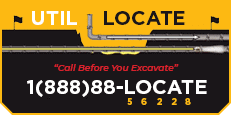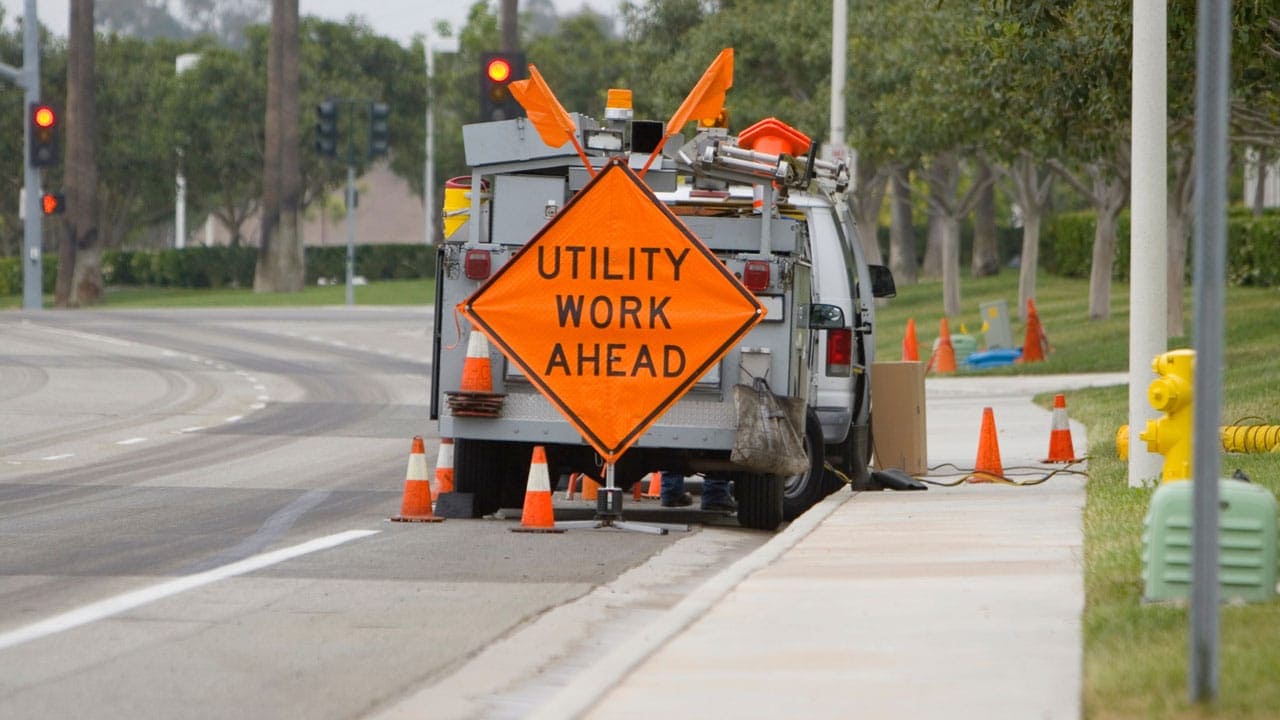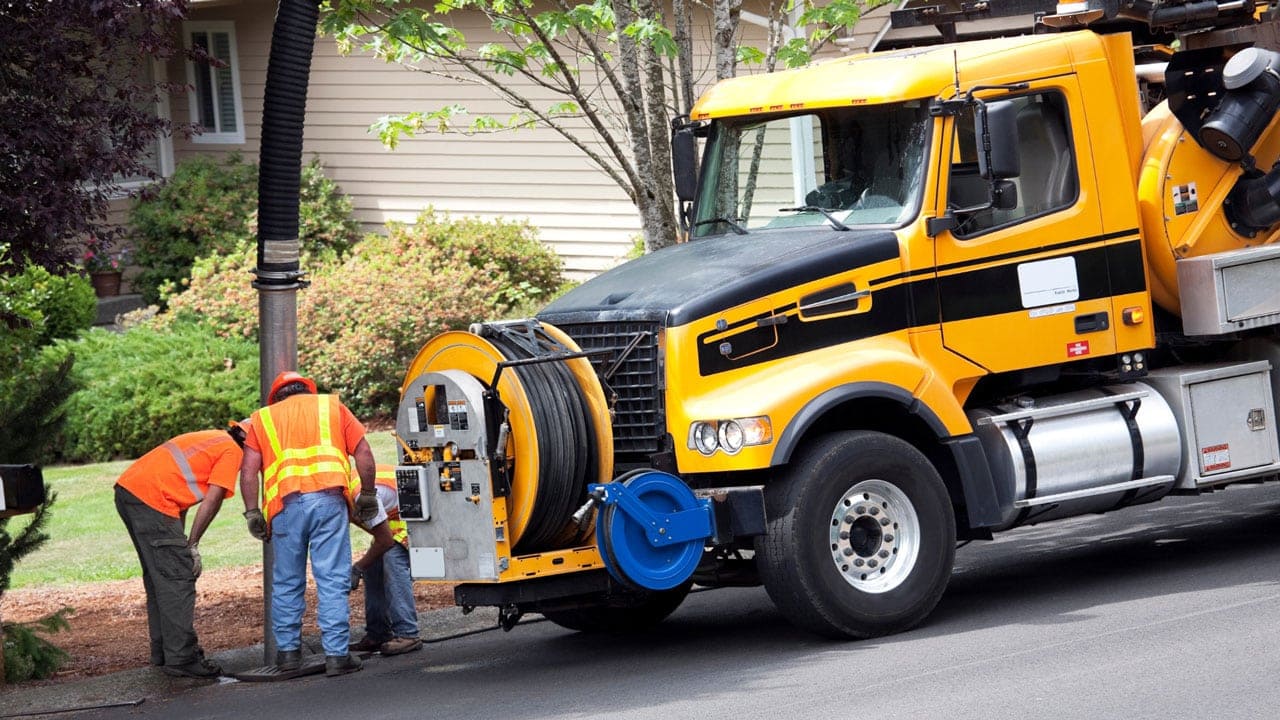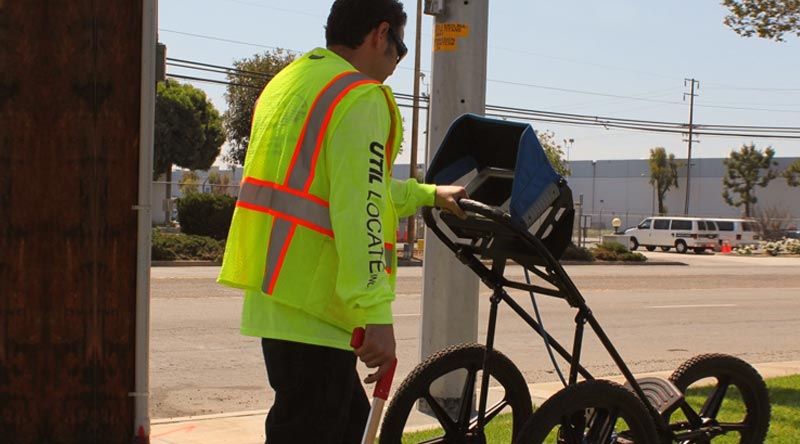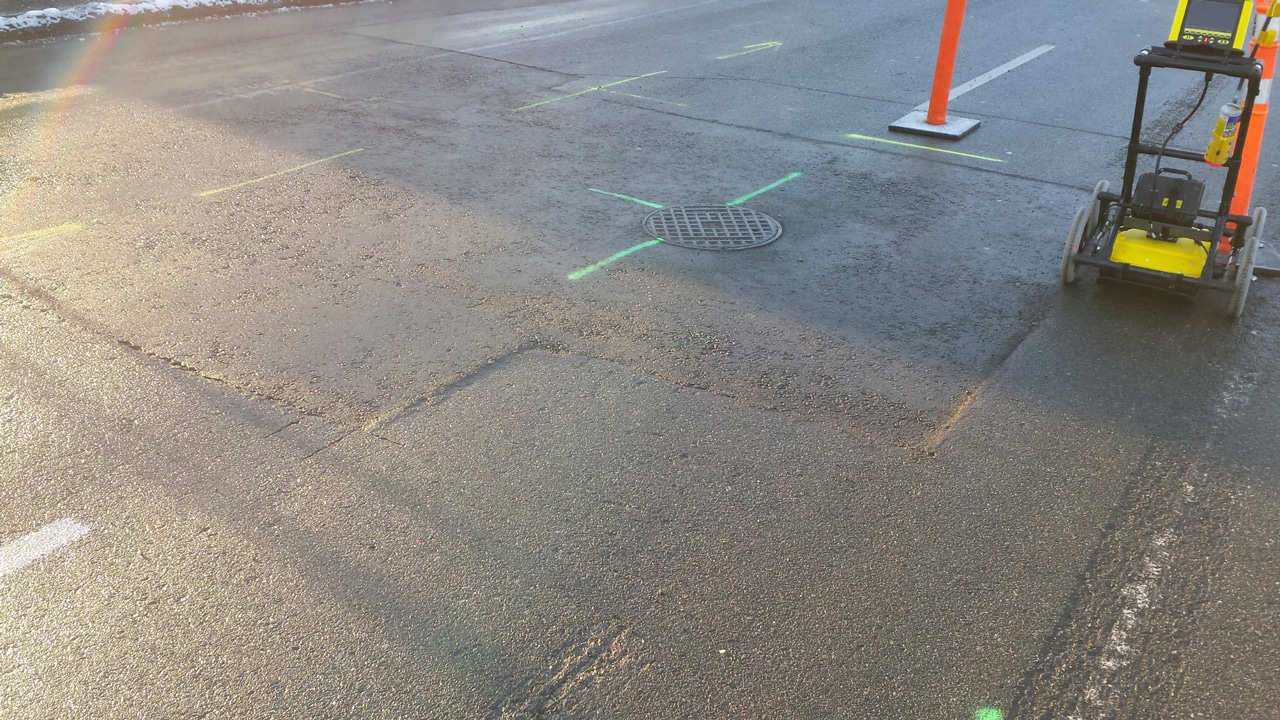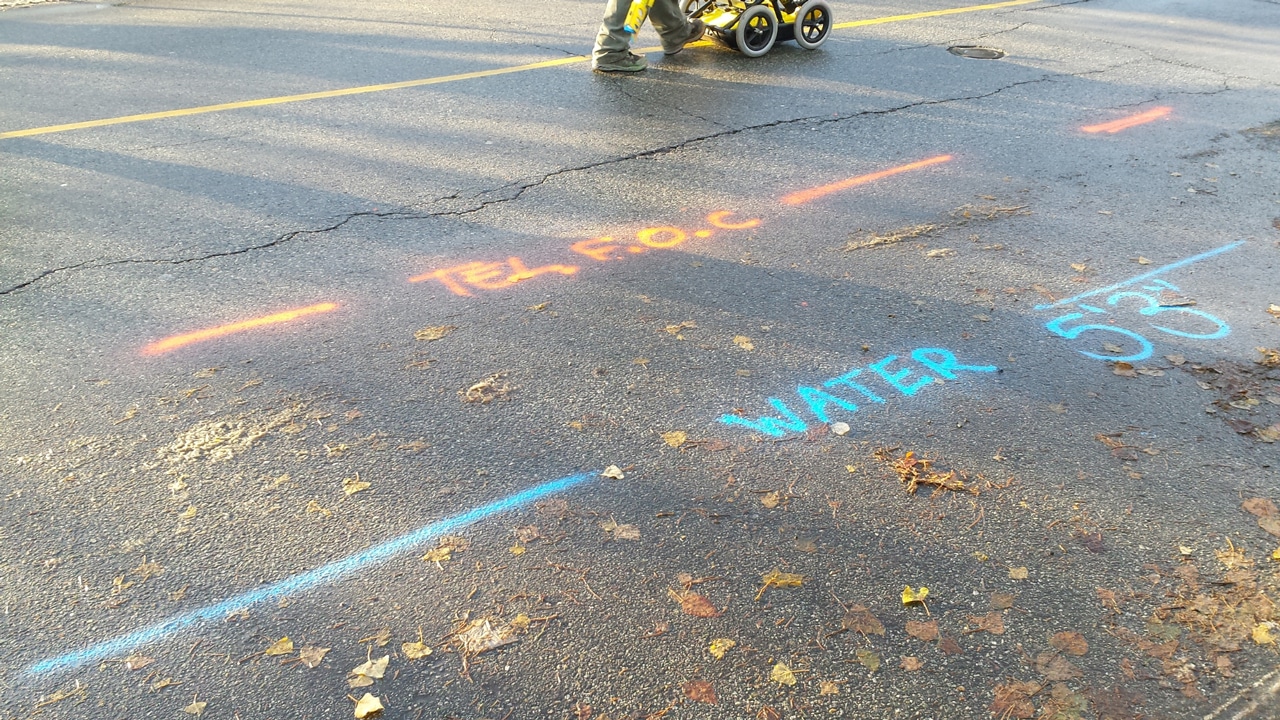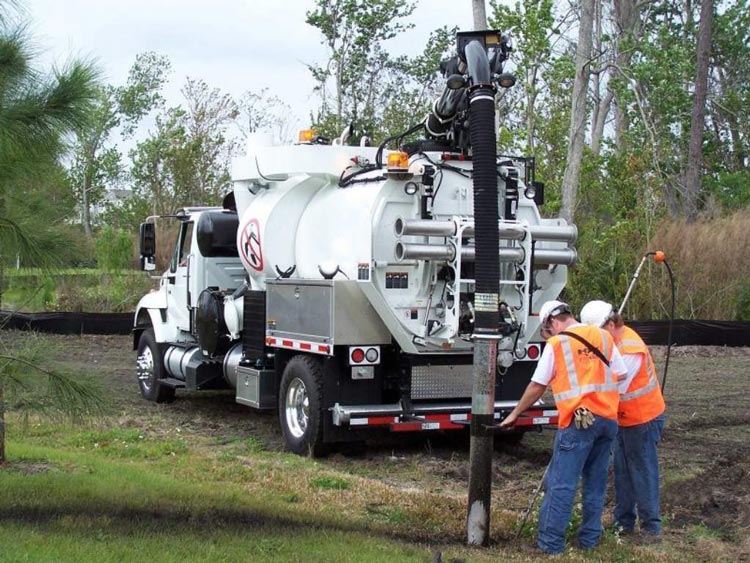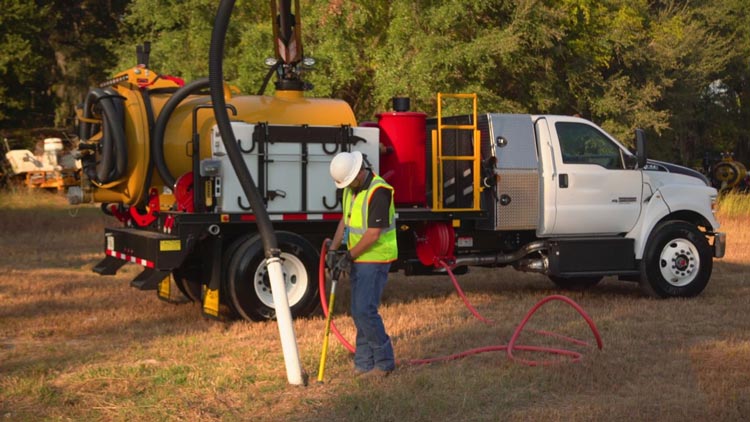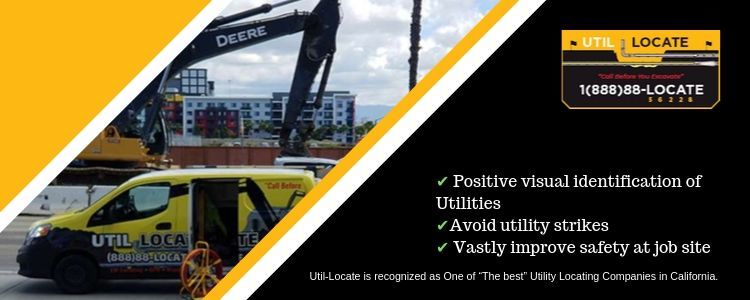There are a number of cables, pipes, and other conduits beneath your feet that carry gas, electricity, water, and digital information. As a result, site planning for development and design projects has become even more crucial, not only to extend the utility lines’ lives, but also to provide uninterrupted views.
A project can be kept on track if you are familiar with the location of buried utilities before you start construction. During the early planning stages, knowing the locations of utilities is often crucial, depending on the scope of your project. Then, you can develop your site plan and determine the feasibility of your project in the most cost-effective manner.
You should always locate utilities accordingly when planning your next project, even though they are a bit misunderstood. The following information will ensure a smooth and successful construction project by dispelling a few common misconceptions about utility mapping.
1. Pre-Existing Utility Maps Are Reliable
The utility map you have of your property may seem reliable, but it may not include older lines that weren’t recorded at the time the map was made. The map may not include any utility lines that have been built since it was created.
Using a utility map alone is not always a good idea, since they are not always completely accurate and can be misinterpreted. Prior to any excavation or drilling, utility marking needs to be done, even if you believe the map is accurate.
2. Mapping & Locating Utility Assets is Accurate
Despite its improvements over the last few decades, utility locating remains an imperfect science. It is possible for readings to be inaccurate for a variety of reasons. An operator’s experience, the type of equipment used, and the ground conditions all play a role.
Despite advances in technology, accurate results might not always be achieved. Although ground-penetrating radars and other pipe-locating equipment are highly accurate and provide cutting-edge technology, they have some limitations. Don’t forget that the readings taken are the operator’s interpretation.
3. Utility Mapping Checks Are One-Time Only
A thorough mapping of existing utilities is done before beginning any new excavation or drilling project to ensure everyone’s safety. Since the last excavation or utility survey, there may have been a new electric or gas service added. Markouts are always a good idea before digging.
There might be obstructions during the survey time that prevent utility locators from fully accessing the site. It is also possible to gather clues by discussing the site with staff familiar with it, as well as by accessing nearby utility rooms and finding utility records.
4. Non-Metallic Utilities Are Not Detectable
It is still possible to locate non-metallic utilities using Ground-Penetrating Radar (GPR), even if GPR is not able to see all utilities. Additionally, the utility can be traced using a cable or pipe locating device if the conduit pipe is hollow with a metallic trace wire inserted into it.
5. You Can Locate All Utilities With The 811 Service
It is vital that your property be surveyed if you plan to dig. Conducting a survey with Call 811 will help prevent accidental damage. After you call 811, your local utility provider will get in touch with you to let them know you’re planning on digging.
But some utility companies don’t mark your ground quickly, so private utility lines may not be taken into account if the meter, box, or transformer is on your side. Marking the communication, electric, gas, water, and sewer lines within your property will usually require the assistance of a private locating company.
A professional, reliable, and trustworthy utility mapping service is what you can expect from our team of skilled experts. Contact Util-Locate today at 888-885-6228 or email us at info@util-locate.com for more information about our services!
